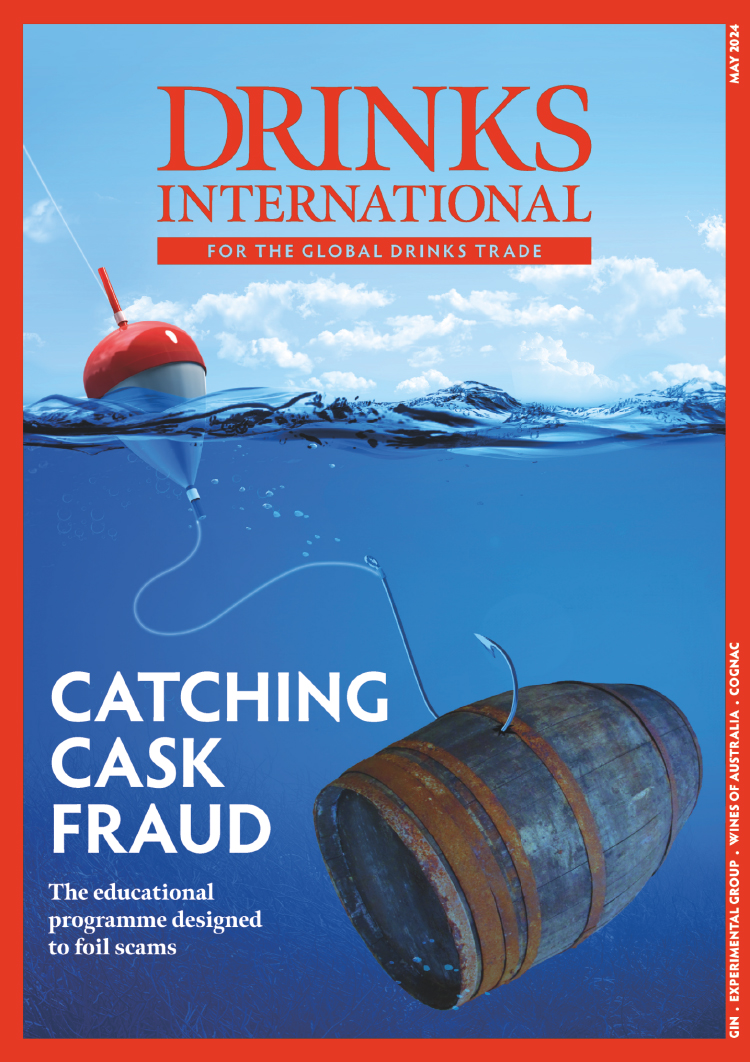Maison Camus is on a similar page to Fougerat. It’s Ile de Ré range boasts an entirely different terroir than other cognacs. Ile de Ré is an island situated in the Bois à Terroirs cru, the most westerly region of the cognac appellation. The island produces grapes that have a naturally higher iodine content than those harvested on the mainland and Maison Camus then ages the eaux de vie to create cognacs with totally different flavour profiles.

Having recently won a trophy in the International Spirits Challenge, Cognac Frapin is still at the cutting edge of quality cognac. Frapin was the first brand to release vintage blends and its master blender Patrice Piveteau (pictured) is currently testing the Folle Blanche grape variety as a possible innovation to its blends, something which could develop over the next four to five years.
Piveteau says: “We are in a very fortunate position to have 16 years’ worth of Grande Champagne stocks – the average is seven years. We actually have more Grande Champagne stock than any other producer which means we can afford to experiment with different blends.”
Piveteau also has wines dating back to 1870 stored away in demijohns in one of Frapin’s ageing warehouses, which he uses in limited edition blends to give unique flavor profiles.
RULE-BREAKERS
The other aspect of single malt whiskies which is exciting consumers is the variety of woods used to finish off the ageing process. Anything from ex-rum to former IPA barrels are now used by Scotch brands to produce different flavours, but BNIC rules state that cognac brands may only use barrels which have previously held wine or grape-based spirits.
Martell’s launch of Blue Swift has challenged these laws. Blue Swift is not a cognac. It is produced by one of the most internationally recognised cognac producers in almost exactly the same way as other blends, but because the au de vie was finished in American whiskey barrels, it is legally not allowed to be called cognac.
It is a brave move by the Pernod Ricard brand because it has challenged the BNIC to question its legislations and made other brands think about the opportunities available if theiy are prepared to drop ‘cognac’ from its label.
Martell brand education ambassador, Margot Stagni says: “We’re trying to innovate and we’re fearless of finding new expressions. Although what we are doing goes against the rules laid out by the BNIC, we’re not against them. We have a positive relationship and we aren’t expecting any changes from their side because of what we’ve done.”

David Boileau (pictured), cognac ambassador at BNIC says: “Producers want something different and we’re always looking for something different. Blue Swift is the start and a big conversation right now, and one we need to have.”
According to the same BNIC spokesperson from earlier, the opportunities for innovation sit with the younger cognac styles. “As a younger generation enters the cognac market there is more scope for experimentation, especially with younger expressions (VS and VSOP) and within the marketing of cognac products. The strict set of rules that govern cognac production will always ensure that a quality spirit is produced.”




